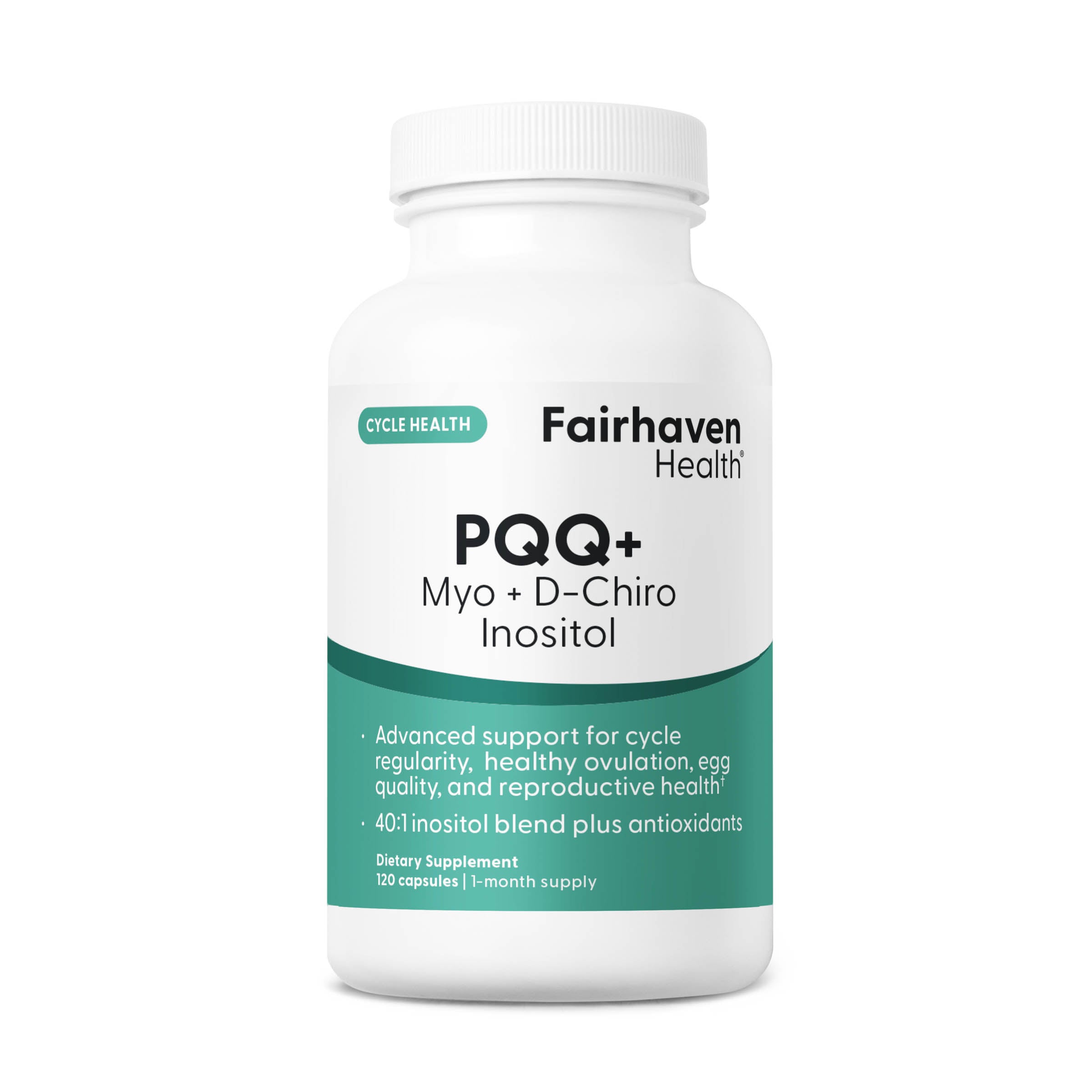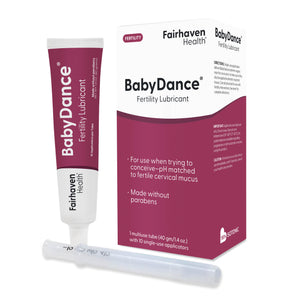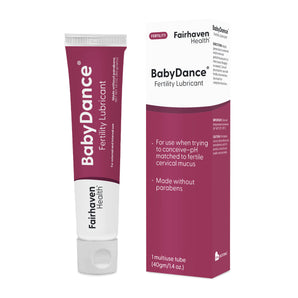A dad's first job on the road to biological fatherhood is to deliver healthy sperm to the egg waiting in mom's Fallopian Tube. Seems simple, but in reality Mother Nature knows this is one of the most important things men do, our species and our families depend on it! In order to make sure everything goes "swimmingly," healthy men make millions of sperm each and every day and only the strongest and most fit sperm reach the egg. Sperm that carry abnormal genes (DNA) or have abnormal shapes or that swim poorly are less able to make this journey to the egg. This ensures the best health for our babies but it can also mean that some men that want to be fathers don't have enough of the "right stuff" for normal fertility. In fact, at least 10% of all reproductive aged men have abnormal sperm quality, and in some groups of men (certain families, professions or locations) this percent can be much higher. When sperm is not made in normal amounts or with normal function a couple will struggle to reach their goal of a successful pregnancy.
 One of the leading causes of male infertility and abnormal sperm function is Oxidative Stress (OS). OS is a physiologic imbalance between reactive oxygen species (ROS) present in an organ and our body's ability to detoxify these damaging compounds through the production of natural antioxidants.
One of the leading causes of male infertility and abnormal sperm function is Oxidative Stress (OS). OS is a physiologic imbalance between reactive oxygen species (ROS) present in an organ and our body's ability to detoxify these damaging compounds through the production of natural antioxidants.
OS is an important cause of poor sperm function because sperm are uniquely sensitive to ROS damage. Sperm are functionally just a membrane covering the DNA needed to create a baby, attached to a tail that delivers the DNA to the egg. Sperm have little of the repair machinery that other cell types carry within them to fix OS damage as it occurs. After all, most human cells don't have to travel long distances in a short time like sperm. After ejaculation into the vagina, sperm swim through the cervix to the Fallopian Tube within minutes. In order to make this quick journey, sperm have sacrificed their ability to make natural cell-based antioxidants, and instead they rely on antioxidants in the man's seminal fluids and the woman's reproductive tract which bathe and surround the sperm during their journey.
Unfortunately, for many men with poor fertility, healthy levels of antioxidants are not always present in their semen. Sperm from these men can rapidly undergo damage from OS, resulting in conception failure, sometimes even in men whose sperm looks "normal" in a semen analysis.
Even if men have relatively normal antioxidant levels in their semen, several factors can increase levels of ROS in the semen, which can overload natural antioxidants in the man's reproductive tract. These high levels of ROS damage sperm and disrupt their healthy function.
Increased levels of ROS in a man's semen are seen with:
-
High white blood cell levels in semen from men with infections
-
Abnormal sperm development (sometimes due to toxins or genetic defects)
-
Varicocele, or dilation of veins in the testicle
-
Radiation (including that found in frequent cell phone users)
-
Toxins (such as plastic chemicals, metals, and pesticides)
-
Smoking
-
Heavy alcohol consumption
-
Diabetes
-
Obesity
Increased ROS exposure to sperm can lead to several types of sperm damage. These include initial damage to the sperm membrane. The outer "shell" or membrane of sperm is unique (compared to other human cell types) because these membranes need to eventually bind to and fuse with the egg's membrane so that fertilization can occur. The sperm's membranes are made of high levels of polyunsaturated fatty acids. With exposure to increased levels of ROS, up to 60% of the fatty acids in the sperm membrane can be lost, causing a dramatic decrease in the sperm membrane "fluidity" or ability to meld with the egg. Sperm surface receptors needed for safe transport through the woman's cervix and storage in the Fallopian Tube are also lost after ROS exposure.
Sperm damage from ROS can also include that of the DNA or the genetic material from the father. OS can lead to strand breaks in the sperm's DNA. Sperm DNA damage has been associated with fertilization failure, early "chemical" pregnancy losses, miscarriages and even diseases in children. For example, cancer rates are higher for children with fathers who smoke, even if the child does not live with the dad. The cancer appears to be caused by abnormal sperm DNA passed on from the father at conception.
Sperm death or "apoptosis" can be increased in men with high levels of ROS in their semen, as compared to men with normal fertility. These sperm undergo a self-destructive programmed death that occurs at a much higher rate than that seen for sperm from men with low ROS.
Finally, sperm samples from men with high OS have decreased motility or ability to swim through the woman's reproductive tract to reach the egg. The machinery for swimming in these sperm can be destroyed.
Taken together, elevated OS exposure for sperm damages their ability to get to the egg, their ability to fertilize the egg and the health of the genetic material they bring to the egg during conception.
Damaging Oxidative Stress
 The level of OS a man has in his semen can be measured, however it is also variable over time and current tests are expensive. This has made OS testing an experimental parameter at this time. Over the next few years new tests may come to market that may make it much more affordable and common place for men to "know their number," that being their semen OS level, that is. Although the human body works to prevent OS from occurring in the man, sometimes his natural defense systems just can't get the job done and ROS begin chewing up and destroying the man's sperm. For men who are wanting to father children, a few simple changes may help bring balance back and improve their fertility.
The level of OS a man has in his semen can be measured, however it is also variable over time and current tests are expensive. This has made OS testing an experimental parameter at this time. Over the next few years new tests may come to market that may make it much more affordable and common place for men to "know their number," that being their semen OS level, that is. Although the human body works to prevent OS from occurring in the man, sometimes his natural defense systems just can't get the job done and ROS begin chewing up and destroying the man's sperm. For men who are wanting to father children, a few simple changes may help bring balance back and improve their fertility.
Recommendations for these men from Dr. Ashok Agarwal at the Cleveland Clinic Foundation (World Journal of Men's Health 2014 32:1-17) include the following.
1) Being screened and treated for urogenital infections, such as chlamydia.
2) Evaluation for and possible surgical repair of varicoceles.
3) Stopping smoking
4) Moderation of alcohol consumption
5) Loss of excess weight (even 5% weight loss can help fertility!)
6) Control of diabetes and metabolic syndrome; and
7) Antioxidant Supplementation.
Taking oral antioxidants such as those found in FertilAid for Men (Fairhaven Health) can help fight the imbalance of OS in semen which results in poor sperm quality. The ingredients in FertilAid for Men work to stop the formation of ROS before they can damage sperm and also act as scavengers to mop up any excess ROS in the semen.
The unique mix of vitamins and antioxidants in FertilAid have been shown in clinical studies from around the world to work together to protect, and even to improve, sperm motility, count and sperm survival.
Specifically, FertilAid for Men contains clinically proven antioxidants, such as:
-
Carnitine to protect sperm DNA and membranes from OS induced damage;
-
Zinc to bind excess ROS in semen;
-
Manganese to enhance sperm motility and viability;
-
Vitamin C to block OS in semen from damaging sperm membranes;
-
Vitamin E to stabilize sperm membranes from ROS destruction and to help other antioxidants function at their best; and
-
Coenzyme Q (10) to improve sperm count and motility.
FertilAid for Men contains a synergistic mix of natural antioxidants to bring balance back to the man's body when oxidative stress interferes with fertility. My laboratory did a study over ten years ago showing a significant clinical benefit of FertilAid for Men on sperm function. Since that time, I have recommended this specific antioxidant supplement to couples who were trying to conceive as a part of my plan for optimizing male fertility.
The sperm cycle in men takes a little over two months to complete, meaning the time it takes a new "crop" of sperm to become mature and become a part of the ejaculate. It is important that men who are working to optimize their fertility take antioxidants such as FertilAid regularly so that OS is limited in the man's reproductive tract throughout this time. Antioxidant supplementation should be started three months before optimal sperm function is desired and continued until baby making is done.
Oral antioxidant supplementation is an effective, clinically supported method to help men make the best sperm possible when they are preparing to start or grow a family. FertilAid for Men provides proven antioxidants to help protect sperm membranes, motility and DNA when it matters most.
FertilAid for Men is made in the USA from Quality Controlled and screened ingredients to ensure antioxidant content. Fairhaven Health is a leading fertility supplement provider in America. The science, the company and the user feedback (including hundreds of 4 star or higher ratings) have all led me to recommend FertilAid for Men to TTC couples over the past decade.
My suggestion is that every man who has had any fertility issue or abnormal sperm test should try FertilAid for at least six months to see if sperm quality or fertility improves from supplementation. This is a simple way to document clinical improvement. You and your doctor can compare a sperm test before and during antioxidant supplementation. I also recommend the product for men who are just beginning the TTC journey if they have factors or risks for OS in their lives.
Current data suggests that many men may benefit from antioxidants such as FertilAid for Men when they are trying to optimize their fertility. Understanding the importance of decreasing oxidative stress when a man wants to father a child can help a couple make healthy choices and allow the new father-to-be to put his best sperm forward!
Disclaimer: Please note that the information in this website is an educational resource. All decisions about any treatment you need must be made in consultation with your doctor or your healthcare provider who has examined you. Nothing in this post is meant to be used to diagnose or treat any person.







